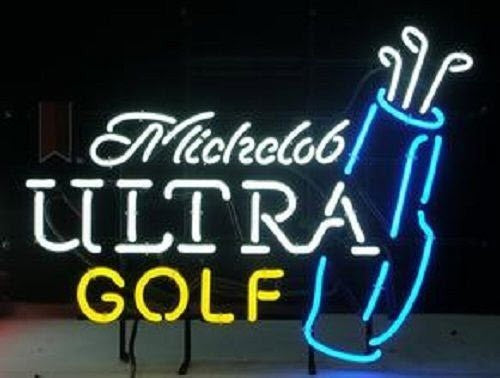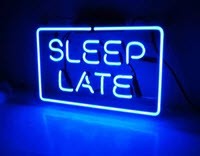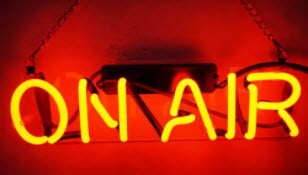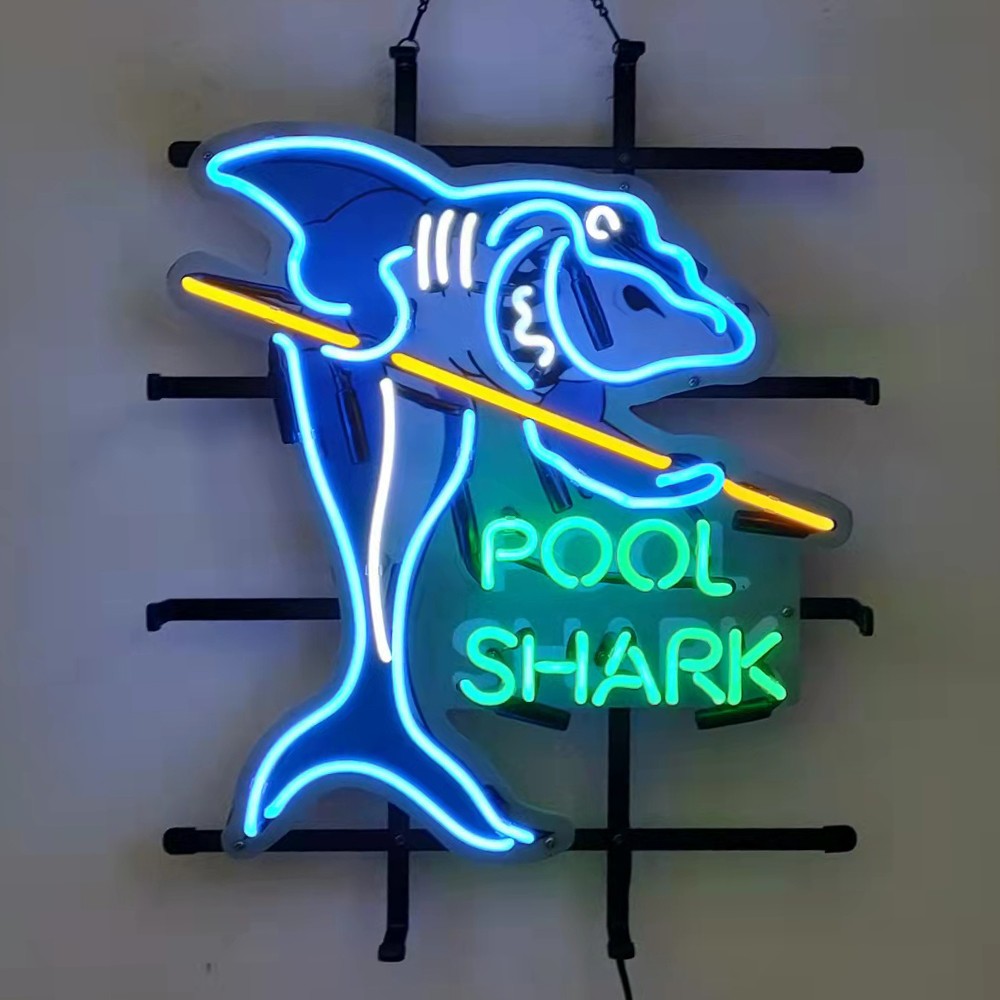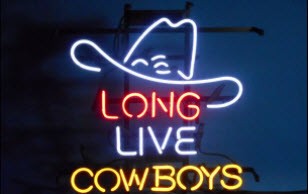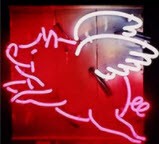The History of Neon
The word neon was coined from the Greek "neos", which means new gas. Neon sign is a product of the gradual development of the ancient Geissler tube (also named a Crookes tube), invented by Heinrich Geissler, a German glassblower and physicist. After the invention of the Geissler tube, many inventors started conducting experiments with tubes, electrical power and different gases. In 1900, various experiments led to the invention of electric discharge or vapor lamps in Europe and the United States. Discharge lamps are lighting gadgets that compose of a clear container in which a gas is powered by an applied voltage, and therefore made to glow. And finally thereafter, thanks to the French engineer, chemist and inventor Georges Claude, he developed the first neon signs.
He was the first one to use an electrical current to a sealed tube of neon gas in 1902 to make a lamp. The first ever public presentation of a neon sign was of two- 38-foot long tubes at the Paris Expo in December 1910. It was Jaques Fonseque, who sold the first commercial neon sign to a Paris barber shop owner in 1912. Fonseque was Claudes partner. Georges Claude patented the neon lighting tube in 1915. Claude and his French company Claude Neon then presented the neon signs in the United States in 1923. Since then, neon lighting rose to become a prominent industry in outdoor advertising. Distinguishable even in daytime, people would stop and look at the first neon signs called as "liquid fire".
He was the first one to use an electrical current to a sealed tube of neon gas in 1902 to make a lamp. The first ever public presentation of a neon sign was of two- 38-foot long tubes at the Paris Expo in December 1910. It was Jaques Fonseque, who sold the first commercial neon sign to a Paris barber shop owner in 1912. Fonseque was Claudes partner. Georges Claude patented the neon lighting tube in 1915. Claude and his French company Claude Neon then presented the neon signs in the United States in 1923. Since then, neon lighting rose to become a prominent industry in outdoor advertising. Distinguishable even in daytime, people would stop and look at the first neon signs called as "liquid fire".

